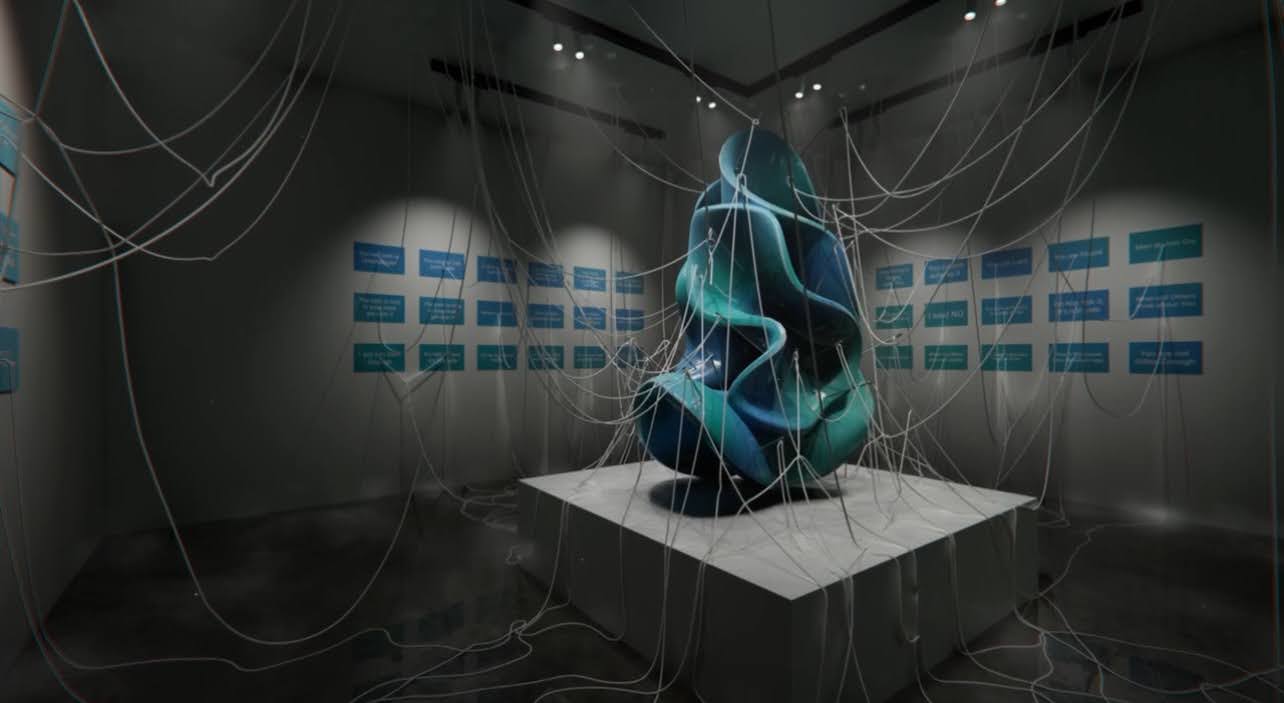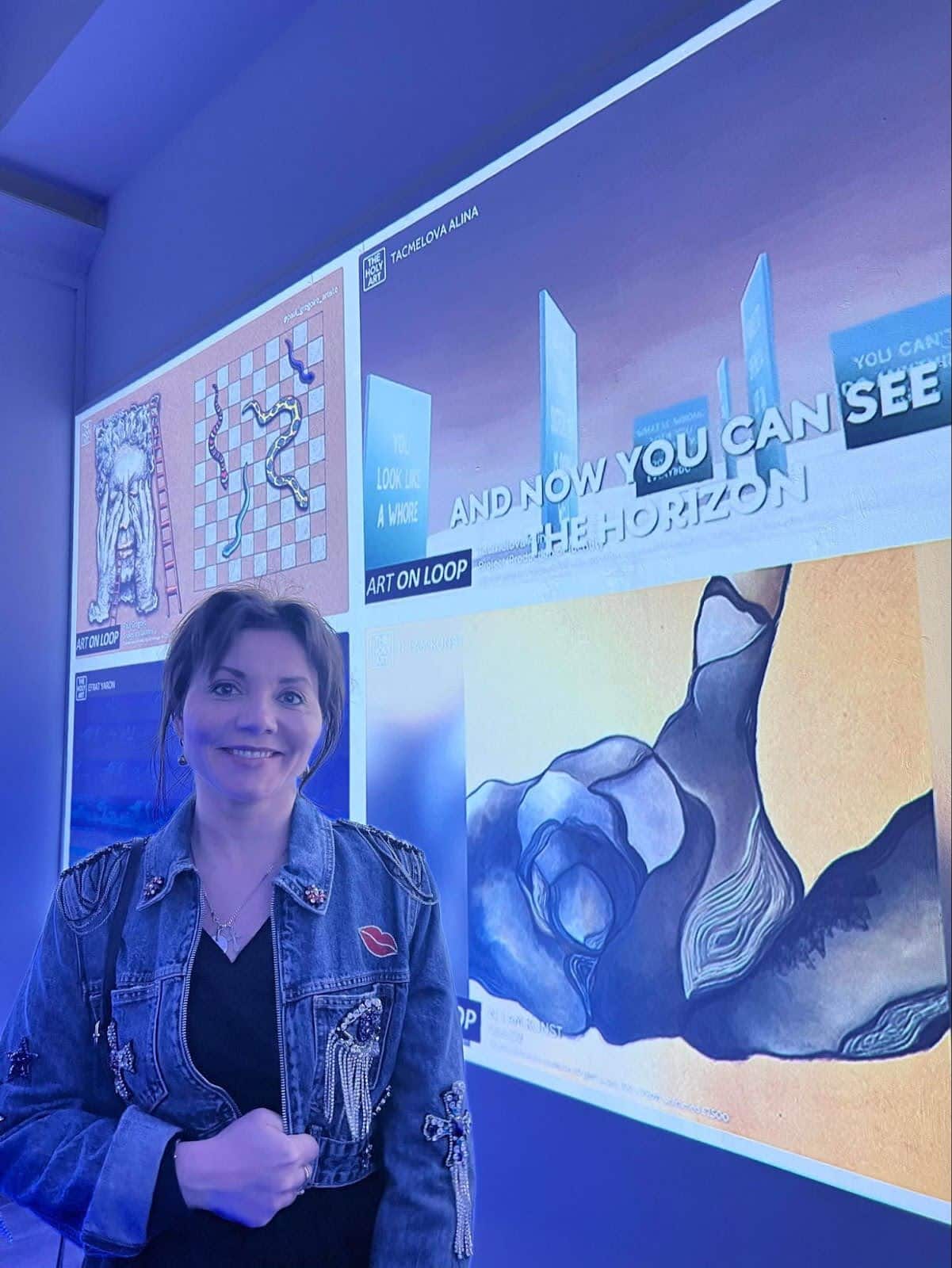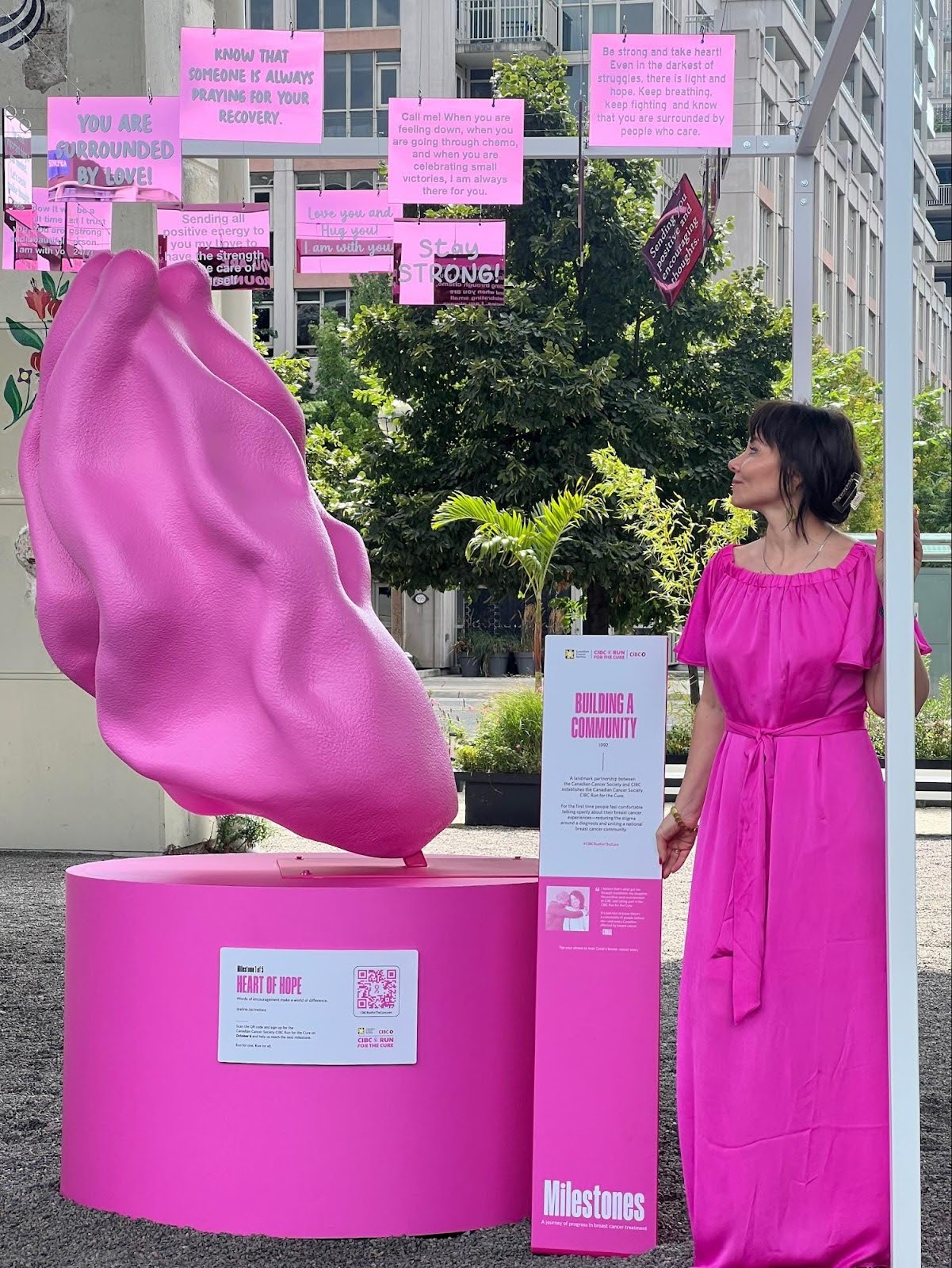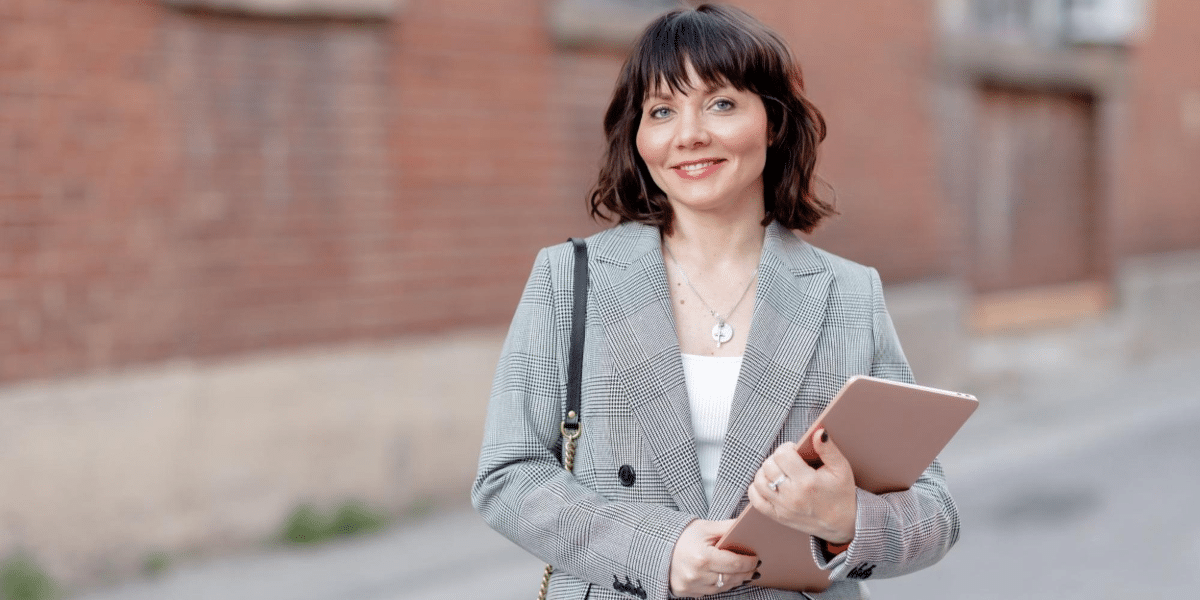By: Svetlana Khachiyan
Alina Tacmelova is a contemporary artist, therapeutic coach and entrepreneur whose unique methodology combines art and psychology. Her approach is aimed at unlocking the creative potential of each individual, fostering personal growth, and achieving personal goals. Alina’s inspiring works not only impress with their craftsmanship but also encourage reflection on deep and meaningful aspects of life. Her art serves as a bridge between visual aesthetics and the inner world, opening up new horizons for self-discovery and creative expression.
Interviewer: Alina, your work uniquely merges art and psychology. What inspired you to begin using art as a tool for healing and self-exploration?
Alina Tacmelova: My inspiration comes from both my personal experiences and the stories of my clients. As a psychologist, I’ve observed certain patterns in human behavior and emotions. I wanted to use art to help people explore these deeper layers of themselves. Art has always been a powerful means of self-expression, but it also holds immense potential for healing and understanding what’s hidden in our unconscious. I want use language of Art as tool for improve mental health.
Interviewer: Your project “The Matrix of the Unconscious” has garnered a lot of attention. Can you explain the concept behind it and how it connects to psychological theories?
Alina Tacmelova: “The Matrix of the Unconscious” is inspired by the ideas of Carl Jung and modern psychologist Mark Wolynn. The project explores the collective unconscious, focusing on how traumas passed down through generations become embedded in our subconscious and continue to influence us. I aimed to visually represent these fragmented layers of the unconscious, highlighting how images and phrases from our ancestors can shape our beliefs, fears, and behaviors today.
Interviewer: How do these generational traumas manifest in your work, and what impact do they have on individuals or even entire communities?
Alina Tacmelova: In the project, I depict how these inherited traumas—whether they’re negative beliefs or deep-seated fears—leave an imprint on us at both the individual and societal levels. The layers I create show how our subconscious is influenced by the experiences of previous generations, whether within a family or across entire nations. These influences can subtly, yet profoundly, affect how we live, think, and interact with the world.
Interviewer: Your project “Production of Identity” has been showcased in New York and Barcelona in March 2024 and has sparked a lot of interest. Can you tell us about the central concept behind this installation?
Alina Tacmelova: “Production of Identity” explores the idea that, in today’s world, our identities can be shaped and influenced just like any other manufactured object. We often think of production in terms of goods, but what happens when the individual themselves becomes a product of external influences? My installation examines how phrases, expressions, and behavioral patterns that we encounter from childhood through adulthood affect our subconscious and, ultimately, our sense of self.
Interviewer: How do you represent these external influences in your artwork?
Alina Tacmelova: In the installation, the human subconscious is depicted as a delicate, malleable bionic form, pierced by needles connected to threads. These threads link to phrases and restrictive statements that society imposes on us. The phrases, written in a mechanical font reminiscent of On Kawara’s time fixation, are displayed on identical rectangles, forming rows that evoke minimalism. This setup symbolizes how these external influences shape our identity, often dictating our preferences, desires, and even limiting our potential.

Interviewer: The imagery of needles and threads piercing the subconscious is quite striking. What message are you conveying with this visual metaphor?
Alina Tacmelova: The needles and threads represent the often subtle yet pervasive way society’s expectations and judgments infiltrate our subconscious. The connections between these phrases and our inner selves are not always obvious, but they are there, forming a web that entangles our consciousness. It’s a reflection on how easily we can become ensnared by societal norms and how these influences can either support or hinder our personal growth and self-expression.
Interviewer: You’ve mentioned that “Production of Identity” includes elements of gamification. How does this interactive component fit into the overall experience of the project?
Alina Tacmelova: The gamification aspect is designed to engage visitors more deeply with the themes of the installation. In the virtual world of the project, the visitor becomes the hero of a psychological game. They must navigate a maze filled with negative beliefs and societal expectations, and when they reach the exit, they face a choice: to undergo a transformation or continue as they are. This interactive element allows participants to actively reflect on the forces shaping their identity and consider whether they want to break free from those influences.
Special thanks to my curator Marina Alvitr.

Interviewer: Your project “Heart of Hope,” currently in Toronto, is deeply personal. Can you share the story behind this work?
Alina Tacmelova: “Heart of Hope” is a project dedicated to my mother, Zinaida, who lived with cancer for six years. During that time, I witnessed the incredible strength and resilience she and other women battling breast cancer exhibited. The installation features an abstract anatomical heart, symbolizing all women affected by breast cancer. Surrounding the heart are plaques with supportive phrases from loved ones, friends, and even strangers. This project is about the power of support and the vital energy it provides to those facing such challenges.
Interviewer: How do the supportive phrases around the heart in “Heart of Hope” contribute to the overall experience of the installation?
Alina Tacmelova: The phrases create a sense of connection and community. Each plaque reflects the love, hope, and encouragement that can make a significant difference in someone’s journey. The mirrored plaques allow visitors to see themselves in the words, fostering a deeply personal interaction with the piece. It’s a reminder that no one has to face these challenges alone, and that collective strength is a powerful force.

Interviewer: You emphasize the interactive nature of your art. Why is this interactivity important to you?
Alina Tacmelova: Interactivity is crucial because it transforms visitors from passive observers into active participants. My goal is to create spaces where people can engage with the art in a way that prompts self-reflection and personal growth. By interacting with the pieces, visitors can explore their own emotions, confront fears, and begin to understand the deeper layers of their psyche. This active engagement makes the experience more meaningful and transformative.
Special thanks to my curator Liza Zhurkovskaya.
Interviewer: What are some of the psychological principles that guide your art projects?
Alina Tacmelova: My work is heavily influenced by principles of depth psychology, particularly the ideas of Carl Jung, who explored the unconscious mind and its impact on behavior. I also draw from contemporary psychological research, including trauma theory and the study of generational influences on the psyche. These principles guide my exploration of how art can help people uncover hidden aspects of themselves, heal from past traumas, and move toward a more fulfilling life.
Interviewer: Looking ahead, what are your aspirations for the future of your work?
Alina Tacmelova: Now, together with my curators Marina Alvitr and Liza Zhurkovskaya I am developing several new projects in the form of installations and performans. mY main goal make intagible (emeotions, feelings, fears) tangible. I hope to continue creating projects that push the boundaries of traditional art and explore its therapeutic potential. My dream is to expand my work internationally, reaching more people and helping them discover the transformative power of art. I’m also passionate about supporting the next generation of artists and psychologists, and I plan to establish a foundation that fosters this integration of art and mental health. Ultimately, I want to create a lasting impact by helping people find healing, hope, and self-discovery through art.
Interviewer: You often discuss the intersection of art, business, and psychology. How do you integrate these fields in your work?
Alina Tacmelova: I believe that art, business, and psychology can complement each other to inspire personal and social change. In my projects, I strive to create experiences that are not only artistically impactful but also psychologically enriching. Additionally, I see business as a vehicle for social responsibility. My future goal is to establish a charitable foundation that supports young artists and designers, helping them explore the therapeutic potential of art and contribute to society in meaningful ways.
Her website – https://tacmelovaalina.com/
Published by: Nelly Chavez

















